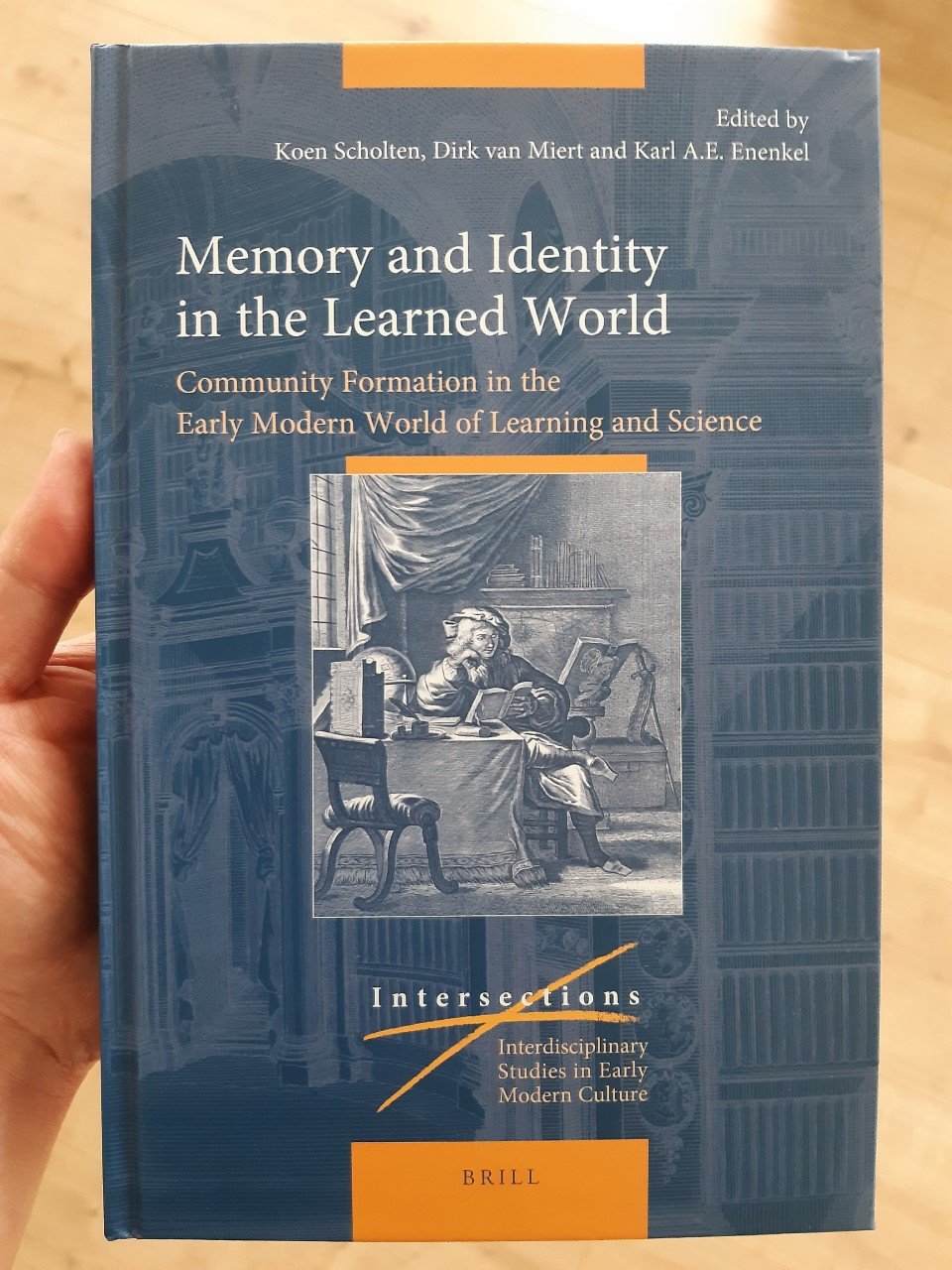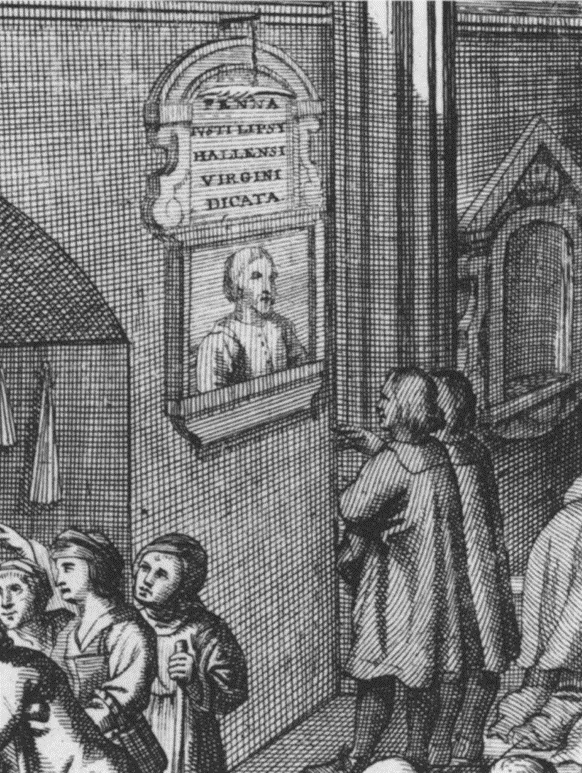I am proud to have contributed – with my friend and colleague Alan Moss – to a fascinating Open Access book, published by Brill and edited by Koen Scholten, Dirk van Miert, and Karl Enenkel, entitled Memory and Identity in the Learned World. Community Formation in the Early Modern World of Learning and Science. Our chapter, ‘Tracing the Sites of Learned Men. Places and Objects of Knowledge on the Dutch and Polish Grand Tour’, concerns memory culture on seventeenth-century Dutch and Polish educational journeys across Europe.
Specifically, we study how places of knowledge (i.a. universities and the homes, tombs, and monuments of scholars), or objects of knowledge (i.a. a scholar’s personal belongings), strengthened a visitor’s scholarly persona and connected him to a large, academic community. Applying a transnational approach, we use multiple handwritten travelogues and printed poems by both Dutch and Polish travellers, thus offering a fresh perspective on two widespread phenomena: the Grand Tour and the European learned world, the Republic of Letters. While most studies on the Grand Tour have a British focus, we present Polish and Dutch experiences. Also, we cast a wide net on the learned world, defined not only by correspondences, but by the shared appreciation and remembrance of scholars and places of knowledge.
First, we focus on Dutch and Polish travellers’ responses to Oxford and Leiden. By reflecting on these cities, itinerants helped construct their reputations as hubs of knowledge and as the common ground of a larger academic community, with which the voyagers identified. Next, we discuss sites and artefacts connected to Lipsius, Grotius, and Erasmus, ranging from Lipsius’s silver pen in Halle to Erasmus’s statue in Rotterdam and the grave of Grotius in Delft, all of which inspired travellers to relate to these famed men of letters. Lastly, we investigate how these and other locations and artefacts feature in the Latin poetry of two travellers: the Silesian-Polish Joachim Pastorius and the Dutch Caspar van Kinschot. Their verses show how they creatively engaged with universities and academic forebears.
In our conclusion, we consider the various ways in which both Polish and Dutch travellers constructed an academic community via places and objects of knowledge, and we explain that, while some sites and artefacts were transconfessional, others inspired religious controversy. Also, we assert that the learned imagined community not only transcended national and (to an extent) religious boundaries, but chronological ones as well, since places and objects of scholarly memory were portals through which generational borders could be crossed.
The chapter includes some highly interesting finds, such as the earliest known published catalogue of rarities in Leiden’s hortus botanicus: an apparently unique document, dated 1653, which a Polish Jesuit added to his travelogue.
Our thanks go out to the editors!


